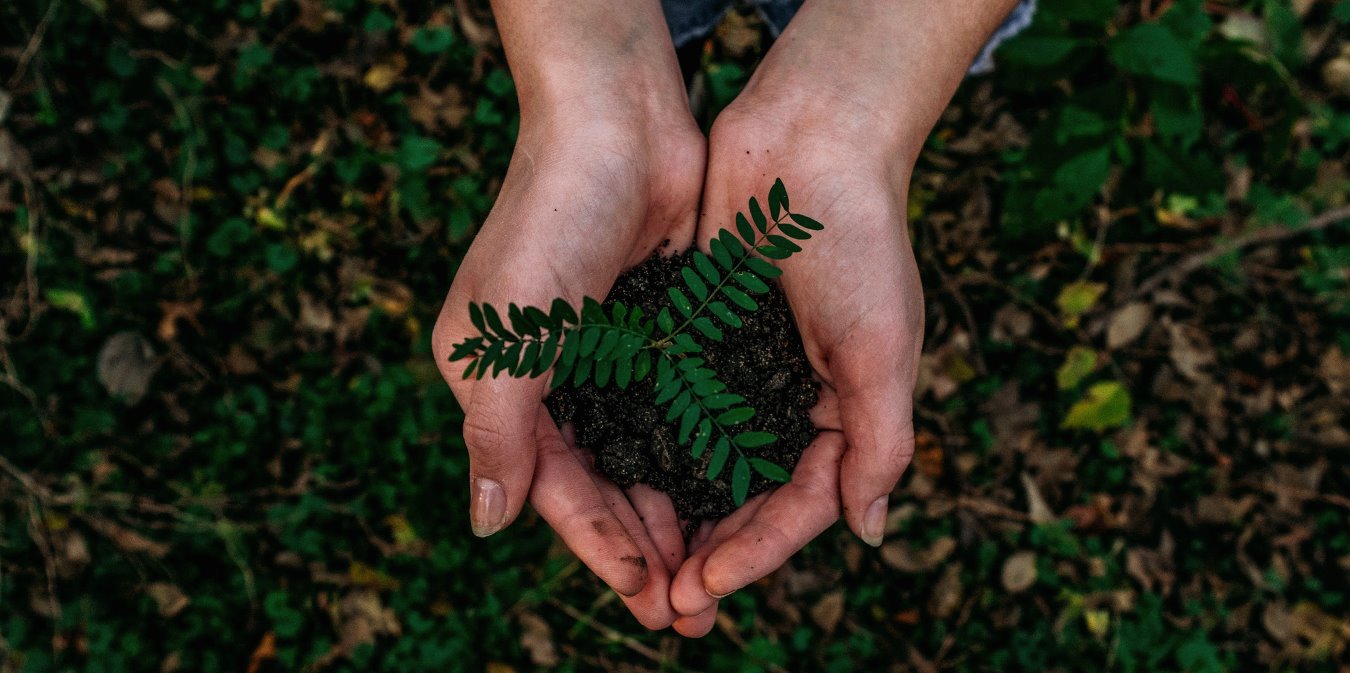In my quest to live a more eco-friendly life, I was shocked to discover that traditional menstrual products like pads and tampons contain mostly plastic. According to statistics, some pads are made of up to 90% plastic! These products are thrown away after a single use and the plastic remains, which we know will have a long lifetime on this planet.
Reading this information, I felt guilty that I had been using products that could be harsh towards my vagina as well as the environment.
Given that I will continue to have periods for a while, I promised myself that in 2019 I would make sure my periods were sustainable and kind to my body. I have been trialling different eco-friendly methods of managing my period since the start of the year, testing them over a long enough duration to ensure they are used on both the good and bad period days.
I have planned a blog series focusing on each change I’ve made, weighing up the pros and cons, sharing my tips and suggesting brands. Before I share my finds, I wanted to introduce the series with some facts about common period products and their impact on the environment, plus a little introduction to my personal period journey.
View this post on Instagram
Firstly, I love talking about periods. I grew up in a very open family who would talk about all sorts of bodily functions, so naturally I don’t find talking about the time of the month uncomfortable. Secondly, I’m fully aware of my privilege at being able to talk about periods openly and buy sanitary items easily. Period poverty exists both in the UK and in other countries, and a lot of people face difficulties and shame regarding their periods whether it’s cultural and religious reasons or because period products can be difficult to obtain.
I believe that by talking about them more, we can normalise periods and break the stigma and shame historically associated with them. Another of my aims this year is to be more involved in the period community, whether it’s donating sanitary items, money or just being more informed. Some great period charities include Bloody Good Period, Red Box Project, Pink Protest and more
My personal period story is fairly standard. I started mine when I was 11, didn’t use tampons for years because I was frightened, always had bad cramps. Went on the pill age 16 as a way to balance my periods and, like most young people who go on the pill, I didn’t actually know much about it. Started using tampons regularly around the time I became sexually active, learnt about menstrual cups about the age of 20 but again was too frightened. This year I came off the pill after 8 years and wanted to use more eco-friendly methods. My body is still adjusting to being off the pill, especially my skin, but I do feel better. Since I was 11, I had always just seen my period as a nuisance but after reading different things about periods at the start of my eco-journey, I have started to see my period in a different way. Not a blessing, but something that in a way I am grateful for. At the very least it’s something I should treat with a bit more love.
I’m fascinated by periods. I could talk about them all day and am always wanting to learn more about them. If you’re interested in learning more too, I recommend the following podcast episode that a family member told me to listen to. It’s a real eye-opening conversation about periods with author of the book Period Power, Maisie Hill. A great starting point to learning more about periods.
Back to eco-friendly periods. Here are some facts I found about the waste linked with common sanitary items:
- The average menstruator throws away 250-300 pounds of waste in their life time. That’s 136kg!
- The average menstruator will use over 11,000 disposable menstrual products in their lifetime.
- Pads and tampons can take hundreds of years to decompose, most brands aren’t biodegradable because of the plastic or, if they are, it will take a long time for them to disappear because of the plastic we wrap our disposables in.
- 700,000 panty liners, 2.5 million tampons and 1.4 million sanitary towels are flushed down the toilet in the UK every single day! And it’s polluting our oceans.
- Almost all high-street brands contain mostly plastic. A pack of pads is the equivalent to 4 plastic bags.
These disposable products will remain on this earth long after we’ve gone and what’s worse is the damage they are doing right now. Like the fatberg under London and the photos of turtles and other sea creatures with our sanitary products caught round them.
Even if we ignore the damage sanitary products are doing to the planet, we should be more concerned with what products we are using against and inside our intimate areas. Some are full of toxic ingredients and a lot of brands don’t list all of these ingredients on their packaging (as learnt from TOTM).
By switching to eco-friendly sanitary products, we can be kinder to the planet and our bodies. So to me, it was a no-brainer making some eco-conscious switches.
So far, my switches include:
- a cup
- underwear
- organic pads and tampons
Which I’ll share on my blog. I’m always on the look out for new things to try. So if there’s a particular brand or new product around that you recommend, let me know!
Not to be all hippie dippy but it’s wild that we spray cotton with pesticides to keep up with demand then shove that cotton up our vaginas
— christine teigen (@chrissyteigen) May 5, 2018

1 thought on “Journey to eco-friendly periods”